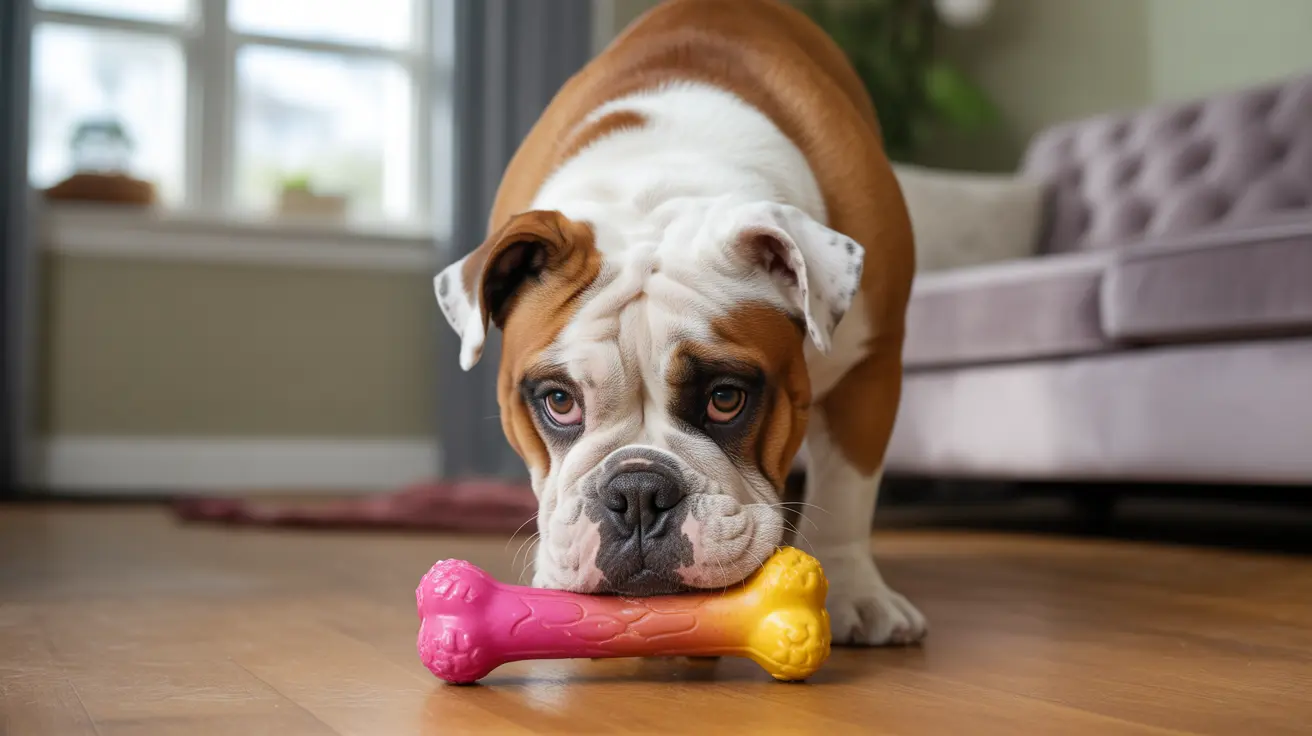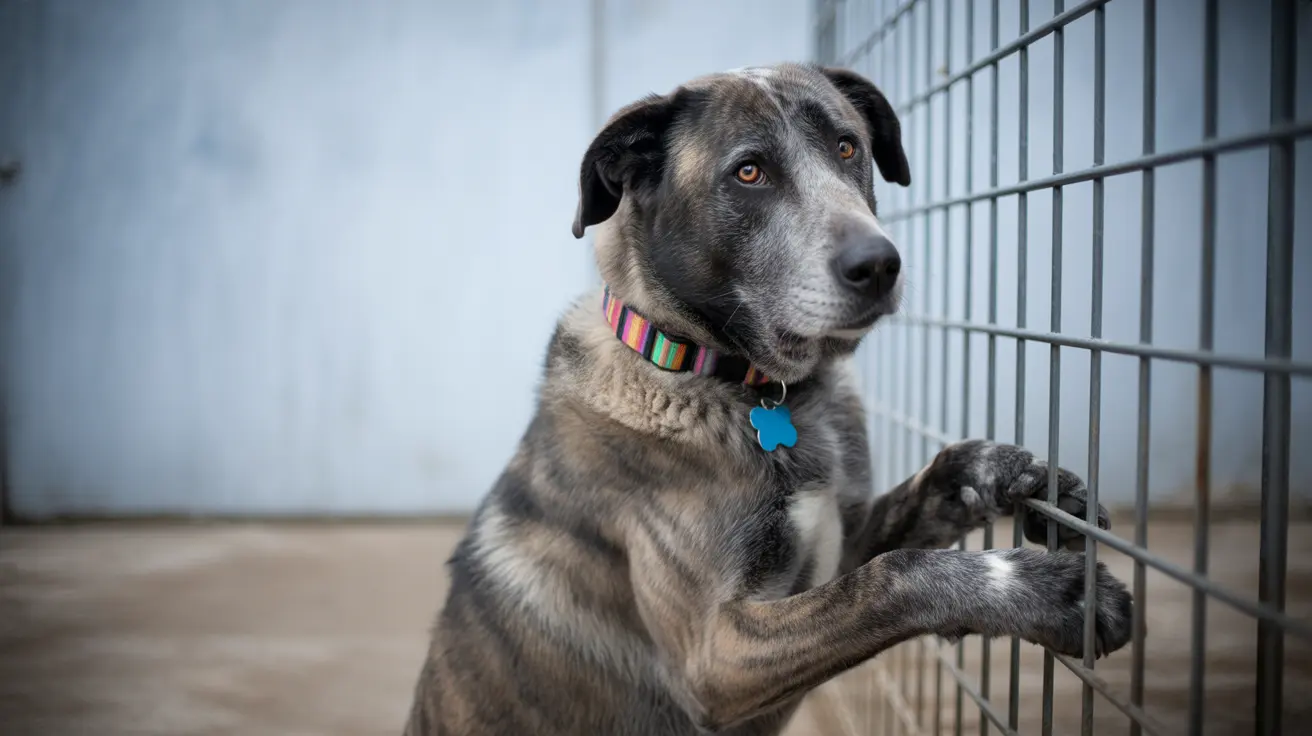When your dog ate plastic, it's natural to feel worried. This common but potentially serious situation requires immediate attention and proper understanding of the risks involved. Whether it's a chewed-up toy, food wrapper, or other plastic items, knowing how to respond could save your dog's life.
In this comprehensive guide, we'll explore the dangers of plastic ingestion in dogs, warning signs to watch for, and the critical steps you need to take to ensure your pet's safety. We'll also discuss prevention strategies to avoid future incidents.
Signs Your Dog Has Eaten Plastic
Recognizing the symptoms of plastic ingestion early can make a crucial difference in your dog's outcome. Common signs include:
- Vomiting or repeated attempts to vomit
- Loss of appetite
- Lethargy or unusual behavior
- Abdominal pain or bloating
- Difficulty defecating
- Drooling more than usual
- Pawing at the mouth or face
Immediate Steps to Take After Plastic Ingestion
If you witness or suspect your dog has eaten plastic, follow these critical steps:
- Check your dog's mouth for remaining pieces
- Do not induce vomiting without veterinary guidance
- Contact your veterinarian immediately
- Monitor your dog's behavior and symptoms
- Collect any remaining plastic pieces to show the vet
Understanding the Risks of Plastic Ingestion
Potential Complications
Plastic can cause several serious health issues in dogs:
- Choking hazards
- Intestinal blockages
- Internal lacerations
- Toxic reactions from chemicals
- Perforation of digestive tract
- Severe dehydration
Types of Plastic That Pose the Greatest Risk
Some plastic items are more dangerous than others:
- Sharp plastic fragments
- Large pieces that can cause blockages
- Plastic containing toxic chemicals
- Items with attached metal components
- Plastic bags that can cause suffocation
Veterinary Treatment Options
Treatment approaches vary based on the situation and may include:
- Physical examination and imaging
- Induced vomiting (if appropriate)
- Endoscopic removal
- Surgery for obstruction cases
- Supportive care and monitoring
Prevention Strategies
Prevent future incidents by implementing these safety measures:
- Keep plastic items out of reach
- Use dog-proof trash containers
- Choose appropriate dog toys
- Regular property checks for hazards
- Address underlying behavioral issues
- Maintain proper supervision during playtime
Frequently Asked Questions
What should I do immediately if my dog ate plastic?
Contact your veterinarian right away and monitor your dog closely for signs of distress. Don't attempt to induce vomiting without professional guidance, as this could cause additional harm.
How can I tell if my dog is having a serious reaction to eating plastic?
Watch for signs like vomiting, lethargy, loss of appetite, abdominal pain, or difficulty defecating. Any of these symptoms warrant immediate veterinary attention.
Can small pieces of plastic pass through my dog's system naturally, or is surgery always needed?
Small, smooth pieces may pass naturally, but this should always be monitored by a veterinarian. Surgery is typically needed for larger pieces or if there are signs of obstruction.
Why do some dogs chew and eat plastic, and how can I prevent this behavior?
Dogs may eat plastic due to boredom, anxiety, or curiosity. Prevention includes proper training, environmental management, and providing appropriate chew toys and mental stimulation.
How long after eating plastic should I expect symptoms to appear in my dog?
Symptoms can appear within hours or may take several days to develop. Some dogs might show immediate signs of distress, while others may not exhibit symptoms for 24-48 hours.
Remember, when it comes to plastic ingestion, it's always better to err on the side of caution and seek professional veterinary care. Quick action could prevent serious complications and ensure the best possible outcome for your pet.






